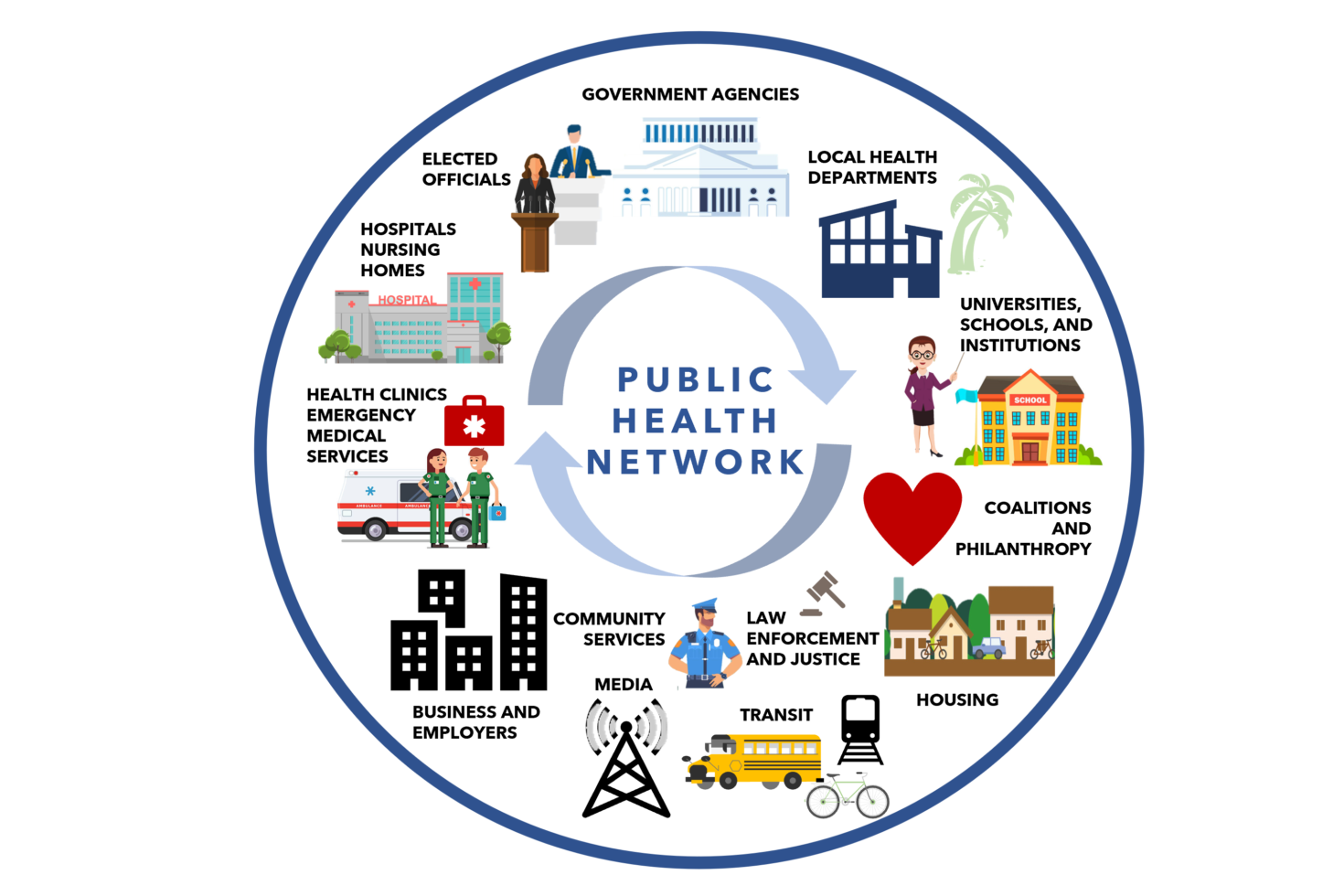
Alzheimer’s Disease and Related Dementias
Alzheimer’s disease is an irreversible, progressive brain disorder that slowly destroys memory and thinking skills, and, eventually, the ability to carry out the simplest tasks. It is the most common cause of dementia among the senior population. African Americans are twice as likely and Hispanics are one and a half times as likely as the older White population to have Alzheimer’s disease and other dementias. Prevalence is higher among women compared to men; two-thirds of Americans with Alzheimer’s disease are women. There is no known cure, however, innovative research may provide hope for effective and novel treatment for this incapacitating disease.
- Strengthen the capacity to address Alzheimer’s disease and related dementias.
- Ensure a competent Alzheimer’s disease and related dementias workforce.
- Enhance support for those living with Alzheimer’s disease and related dementias and their caregivers.







